CTIA 2009
Mar 31, 2009, 8:12 PM by Eric M. Zeman & Rich Brome
updated Apr 3, 2009, 8:01 PM
Live from the CTIA show in Las Vegas. Hands-on with new phones from Samsung, LG, Motorola, HTC, Kyocera Sanyo, Sony Ericsson, and Nokia, plus office software for iPhone and a sat phone.
Part 1
Samsung
Instinct S30
The new Samsung Instinct S30 for Sprint isn't quite the "Instinct 2" or "Instinct Mini" that some were hoping for, but it does improve upon the original Instinct in a few key ways.
First, what's the same: almost everything. It's the same size. The interface is mostly the same. The specs and feature list are nearly identical. 2-megapixel camera, resistive touch display... it's like deja vu.
Oddly, it steps down from EVDO Rev. A to EVDO Rel. 0. We're not sure why. This might be offset by a few minor improvements such as supporting memory cards up to 32 GB.
The design is the biggest change. The new S30 body is more rounded, and just feels better in your hand all around. Whereas the original Instinct tended to feel light and cheap, the new S30 manages to feel both light and high-quality. The new model will also be available in two dark and relatively tasteful colors from the start.
On the software side, the new model now comes with Opera Mini (which is not quite as nice as Opera Mobile, but still worlds better than the standard Instinct browser.) Oddly, they've buried Opera deep in a "Fun & Games" folder, instead of the more sensible "Web" menu.
The S30 also comes with calendar sync and instant messaging out of the box.
The bigger news is the new Java APIs, which will allow developers to build richer applications. It seems Sprint is getting more serious about growing Instinct into a series of phones with a platform that developers might actually want to build apps for. The new APIs cover functions such as multimedia, messaging, Bluetooth, Contacts, Calendar, and the filesystem.
This will allow developers to build more powerful apps, closer to the kind available for true smartphones. What's more, Sprint will be requiring these APIs on all new Java-capable phones going forward. Sprint will also update original Instincts to support the new APIs.
When the original Instinct came out, it was frustratingly slow. We're happy to report that this issue has been addressed; the new Instinct S30 is a fairly speedy device. It responded to touches quickly and with smooth animation.
The Instinct S30 will go on sale in all major channels on April 19.
Here is a video tour:
Propel Pro i627
The Propel Pro is an odd duck. It's a device that sounds great on paper, but in real life, has a few issues that hold it back.
Imagine a Propel, but with upgraded specs and Windows Mobile Standard (the non-touch version.) Or, imagine a Blackjack II in a slider form factor. To a lot of people, that sounds pretty great.
Indeed, there is a lot to like. The QWERTY keyboard is quite good, and it sports WiFi and a 3-megapixel auto-focus camera.
However, it's quite blocky and thick. It's small, so it will fit in most any pocket, but the thickness and sharp corners mean it won't fit comfortably in you pocket.
The second major drawback is the joystick. The industry has clearly moved away from joysticks in general, in favor of d-pads and trackballs, and for good reason. Yet for some reason, Samsung has gone retro with the Propel Pro by making a cheap-feeling joystick the only way to navigate the menus.
Still, for those who want Windows Mobile, and don't want a touch screen, the Propel Pro is definitely an interesting option. There's nothing else like it on the US market.
Impression a877
The Impression offers both a touch screen and a full QWERTY keyboard for messaging, which is pretty much the best of both worlds.
The hardware is really solid. It has a nice feel in the hand, with rounded edges and a soft-touch paint job. It is a little bit on the large size, but it doesn't weigh all the much. There are three buttons on the front, and a bevy of buttons and hatches ringing the outside edge of the Impression.
The slider mechanism felt strong. It has a little bit of spring assistance to it and the slider popped up nicely. The QWERTY keyboard has a nice feel to it. The buttons are well space and well defined. I liked the travel and feedback.
The Impression uses the latest version of Samsung's TouchWiz user interface. We didn't notice and notable differences between TouchWiz on the Impression compared to other TouchWiz phones on hand. The UI was repsonsive to the touch, and the display looked excellent (but not as good as the Omnia HD).
In the Impression, you get a 3G device that gives you the power of touch for most basic features, with the option of using the real keyboard for serious message composition. It is a solid offering from Samsung.
Here is a video tour of the Impression:
Mondi
The Mondi is Samsung's new WiMAX device. It's not a phone, so we won't go into depth on it, but we know some of you are curious, so here's a video tour of the Mondi:
Nokia E71x
The Nokia E71 is one of Nokia's most critically-acclaimed and popular smartphones of all time, right up there with the N95. It hits a sweet spot of features, size, and design for many, many people.
The E71x is the long-rumored version for AT&T. Fortunately, and contrary to some rumors, the hardware exactly the same. This includes WiFi, GPS, the sleek metal casing (including the back cover) and the 3-megapixel auto-focus camera.
So what makes the E71x different enough to warrant that "x" tacked on to the model name? Check out our video, or read on the text continued below.
The differences are in software. As one might expect, AT&T has placed its chosen application icons on the main menu, and disabled the ability to deleted them or hide them in folders. However, you can move AT&T apps to the bottom of the main menu.
As on all S60 phones, most other apps can be re-arranged and flexibly sorted into folders however you like, with the notable exception of the "My Stuff" folder, which seems to be completely locked down for some odd reason. The gallery application is located here, and can't be moved out to the main menu, for example. Fortunately, the "Tools" menu is not crippled this way, so you can move important apps like the Calendar out to the main menu.
The E71x also upgrades to the newer version of S30: S60 Third Edition Feature Pack 2. (The stock E71 only comes with the preview Feature Pack 1 version.) Feature Pack 2 adds a handy "Show open apps" option to every Options menu throughout all apps. This makes it easy to discover and access the multi-tasking abilities of S60.
The E71x also moves the clock and status icons to the bottom bar of the interface, (next to the soft key labels,) so you can see the time even when you're not on the home screen.
First Look
Below are some quick-and-dirty live photos from the beginning of the show.
Part 2
LG
LG announced two brand new phones at CTIA this year, both are messaging devices headed for AT&T.
Xenon
The Xenon is a mid-level messaging phone with both a touch screen and full QWERTY keyboard. Even though it is a little bit on the thick side, it was very light and comfortable to hold. It fits well in the palm of your hand.
There are three hard keys on the front of the phone, which is otherwise clean. These buttons had good travel and feedback. The Xenon has a resistive touch screen that worked well. I thought it responded perfectly to user input, and I didn't have and false positives in the few moments that I played with it. The buttons and hatched on the sides of the phone all worked well with no issues.
The full QWERTY keyboard is very well done. It has four full rows, which means the keys are spread out nicely. Along the far left side of the keyboard are a set of dedicated keys for launching text messages, emails, emoticons and MEdiaNet. On the right, are dedicated "@" and ".com" buttons, which will help out immensely in filling in email addresses and such quickly. The buttons all had good travel and feedback.
The user interface is pretty much the same as that found on other LG touch devies for AT&T, such as the Vu. The one big change is that there is a new contact management idea for the home screen.
At the top of the screen, there's a little icon for your favorite contacts. Touch this, and and it sorts out some contacts that you've added to that page. There are three pages in this little contacts app, which lets you create three different groups of contacts, such as friends, family, colleagues.
Here is a video tour of the Xenon:
Neon
Think of the Neon as the Xenon's little, less capable brother. It is also a slider with QWERTY keyboard and touch screen, but is more compact and will be less expensive.
I have to say, I can't stand the function keys. Rather than a circular or square d-pad, the Neon has four separate buttons for up/down and left/right navigation. The feel of it is just strange, and I sorely missed having a real D-pad to use. The rounded, button shape of the buttons didn't do anything for me, either, though travel and feedback were good.
The Neon has a capacitive touch screen, but is only used for dialing phone numbers. You can't access any other systems or menus by touching the screen. It was very responsive to being touched.
The slider mechanism felt okay, though not perfectly solid. The QWERTY keyboard was roomy, despite the small size of the phone itself. The buttons were well defined and had good travel and feedback, though, again, the round shape kind of bugged me a bit.
One nice touch is that LG brought a set of 4-way directional keys to the QWERTY keyboard for navigating the menu system. Basically, it doubles as a D-pad on the keyboard itself, so you don't have to reach up with your left thumb to the nav controls on the front of the phone.
The menu system itself was a basic AT&T feature phone menu with no surprises.
The Neon will be a solid messaging phone for those who don't need a killer device.
Here is a video tour:
LG GD900
This is the "world's first transparent phone" according to LG. It's also pretty darned cool.
Watch our video tour here:
Banter
Finally, LG was also showing off the Banter UX-265 for U.S. Cellular:
Kyocera Sanyo
Kyocera / Sanyo had just three new phones on hand this week at CTIA.
Sanyo SCP-2700
This QWERTY messaging device, bound for Sprint, is perhaps the one device that you're likely going to see in real people's hands. Sprint is committed to selling it. Kyocera had two different pre-production models on hand, and there was a distinct difference in the quality of the two.
One has extremely stiff keys, with little to no feedback, while the other felt like it have been used by 6,000 other journalists before we got our hands on it, with lots of loose parts, creaking and so on. I think it's safe to say that production units will work better.
The QWERTY keyboard reminded me a lot of the keyboard on the Palm Centro. It is small, and felt cramped to my larger hands, but I am sure those with smaller hands — such as tweens and teens, who the device is targeted at — will have not issues with the keyboard.
The rest of the buttons and controls worked well. The buttons had good travel and feedback, were easy to find, and I especially liked the dedicated "text" button that launches a new text message.
The 2700 is a low-cost phone, so its feature set is pretty limited. The basics are covered (messaging, web, music, camera, etc.) but it doesn't push any boundaries.
For those in the market for a budget messaging phone, the 2700 will be an obvious contender.
Here is a video tour:
G2GO M2000
The M2000 is Kyocera's latest take on the budget-minded messaging phone. This sideways slider has a full QWERTY keyboard to make pecking out SMS and IMs a tad easier.
The build quality of this phone felt pretty good. It's a little on the large side, but that may be a limitation of the form factor. The overall feel in your hand is good, with nice rounded edges. There are dedicated music playback buttons on the front, where are a nice touch.
The slider mechanism felt good and solid. The keyboard was very good. The keys had a great feeling to them, and travel and feedback was excellent. I liked how the function keys were integrated into the keyboard and set apart with different coloration.
One really nice feature the G2GO has is that there's an accelerometer on board. When the phone is open, but held in portrait orientation, just the number keys (which are buried in the QWERTY keyboard) will light up, letting you see and dial regular phone numbers much easier.
The speed and responsiveness of the user interface were adequate. The G2GO was running a basic Kyocera OS, with no carrier branding or services on board. The messaging applications were a little more basic than I'd like to see on a dedicated messaging device, but given the pricepoint, there's not all that much to complain about.
In sum, the G2GO will be a solid contender for full QWERTY messaging phones in the pre-paid arena.
Here is a video tour:
Laylo M1400
The M1400 is an entry-level slider with very few features to brag about. Build quality on the pre-production unit we tested was iffy at best. The navigation control buttons were all loose and felt very cheap. We hope that final production units will show a little more quality. The D-pad, also, felt a bit off.
Overall, the feel of the phone is good though. It is very comfortable to hold with its rounded shape. The back cover has a soft-touch paint job that is very satisfying to touch. The slider mechanism was a bit on the loose side, and exhibited some side-to-side play.
The numeric dialpad was excellent. They keys were perfectly spaced and shaped. Each has a nice little hump in it that made it easy to find and use.
The OS was the same as on the G2GO, a basic Kyocera system.
Here is a short video tour:
Moto Evoke
The Evoke QA4 is Motorola's newest finger-touch-screen phone. For the US market, it's only their second, after the Krave for Verizon. While Krave was clearly derived from Moto's Ming series from Asia, the Evoke is a genuinely new design for Motorola.
The Evoke is a CDMA phone with AWS, which means it could be offered by carriers such as Verizon, MetroPCS, US Cellular, Alltel, or Cricket. It runs Linux, but also runs BREW; critical for the aforementioned carriers.
The hardware is downright sexy. It looks good in photos and even better in person. The chrome that surrounds the face wraps around the edges; it looks and feels great. The back is similarly sexy, and coated with with the finger-pleasing soft-touch finish that Motorola is so good at. The build quality seemed quite good on the unit we tried.
The front controls are very iPhone-like with just a large capacitive screen and a single button to summon the home screen. The slide-out keypad is surprisingly pleasant to use, with large raised numbers that are easy to feel and have good feedback.
The touch screen seemed relatively responsive, thought we did experience a couple of misfires; it did not seem quite as reliable as the iPhone, though this could improve by final release. A sliding key lock switch keeps things locked down when not in use.
The software interface is very simple; almost too simple. Motorola has clearly gone to great lengths to streamline both the number of physical buttons and each screen of the interface, but in some cases they went too far. It's easy to find yourself reaching for a "back/clear", "send" or "end" key, for example, not finding one, and wondering how to perform the action you want. It's not always obvious; the interface lacks a clear and consistent structure. The interface quirks are something we expect most people could get used to, but there is that learning curve. It's not as intuitive as it could be.
One interesting feature on the Evoke is the widget home screen. There are seven fixed "widgets" that you can flip left/right through. Widgets include obvious ones like Google search, photo gallery, weather and USA Today, plus YouTube, MySpace, and RSS. Unfortunately, Facebook is not included. The widgets are essentially the "home" screen.
Below the widget area is a sort of "dock" with three icons: Contacts, Messaging, and Recent Calls. Unfortunately, these cannot be changed.
The Evoke has a new version of iTAP predictive text designed for touch screens. There's now an "accept" button right on the screen to accept a word that iTAP has suggested for auto-completing. An accelerometer activates a virtual QWERTY keyboard when you turn it sideways while entering text. QWERTY mode has iTAP as well, which automatically fixes a decent percentage of typing errors.
A video tour of the Evoke:
HTC Snap
The Snap is the newest HTC smartphone in the BlackBerry form factor. It's sort of a newer, 3G version of the Dash, although it's not clear that it will come to T-Mobile USA. Like the Dash, it's impressively thin, with a curved back and excellent feel to it. Like a BlackBerry, it sports a trackball for navigating the interface.
The Snap looks and feels great. The keys are universally great. The keyboard has an offset layout to closer match a desktop QWERTY keyboard layout. This is quite unusual for a phone.
Our one gripe with the key layout is that the two soft keys are small and look just like the other keys. This is nice for appearances, but not for usability. It's something we expect most people will get used to, but it would be much more intuitive to have larger soft keys closer to the display, instead of lost in a row of other keys. Not being used to the phone, we pressed send or end more then once when we meant to press a soft key.
The Snap runs Windows Mobile 6.1 Standard, which means it's not a touch-screen phone. For those who want Windows Mobile for straight productivity, it's nice that manufacturers are still offering non-touch options.
The Snap is the first phone to sport HTC's new "Inner Circle" feature. This is an alternate view for your email inboxes that only shows messages from a list of important people that you select. It even does this across multiple email accounts, displaying all messages from those important people in one unified list. This is a neat concept, and could be quite useful for minding only the most important email when you're on the go and have limited time to wade through a busy inbox (or three.)
Here's a video tour of the Snap and Inner Circle:
Part 3
Palm Pre
Palm is now showing off some of the first third-party applications developed for webOS and the Palm Pre. They're also showing off the just-announced PalmOS emulator for old Palm apps.
At CTIA, the webOS demo apps were a movies application, Sprint TV, a flight tracker, and a NASCAR app. Three of the four included streaming video, which we have to say looked very impressive. The resolution and frame rate were as good as we've seen for streaming on any commercial phone and network.
Otherwise, the apps were fairly straightforward. They worked well, but none really seemed to test the limits of what webOS can do. We have yet to see a real game, for example.
The loading time was somewhat surprising. It wasn't terribly long, but since webOS apps are just beefy web pages, we expected them to start almost instantly; they don't.
See a video tour of these webOS apps below:
PalmOS emulator
Palm was also showing off the new PalmOS emulator, which lets you run old PalmOS apps on a new webOS phone like the Pre.
Like most emulators, it runs as an app, and presents a whole separate experience within that app, like a phone within a phone; PalmOS app icons don't appear in your main webOS app menu, for example; everything is within the emulator.
Although you get a virtual PalmOS phone within the emulator, the point is to let you run old apps, so you can't make a call from within the emulator, for example.
Here's a video tour of the emulator:
more Samsung
Magnet A257
The Magnet is a very affordable messaging phone. It's designed to be basic, so it has a keyboard... and that's about it. No memory card slot, and no 3G on this one. It does have quad-band GSM for world roaming, though, and a cursory VGA camera.
The display isn't QVGA, and it shows. That means this is not an ideal phone for web browsing, nor advanced email, (though it can do email.) For text messaging, though, the display is more than adequate.
The QWERTY keyboard isn't bad, but it's not great, either. It's a lot like the keyboard on the Propel Pro - which is great - but smaller. Specifically, it's not as tall. The missing 1mm of height on each row of keys is quite noticeable. I was able to type without making mistakes, but it felt cramped and slightly uncomfortable, and that's with small hands.
Our only other gripe is the size and location of the soft keys. Ideally, they should be large and directly under the display. The Magnet has small soft keys tucked off toward the left and right edge. It's certainly something you can adjust to, but it's awkward at first.
Otherwise, the Magnet seems solidly built and pleasant to use. It is a good size that will slip into pockets easily.
New Glyde
Samsung is quietly showing off an updated version of the Glyde here at CTIA. The new version looks exactly the same, but has a new touch screen module that should be dramatically more reliable, according to Samsung. It also has an updated home screen with a slide-out dock based on TouchWiz, but for shortcut icons instead of widgets. It's actually a unique kind of double-dock. The first slide-out dock is a full-screen menu of your shortcut icons. A second slide-out dock contains a single scrolling column of all possible icons, for drag-and-drop customization.
What's really odd about the new Glyde is how they're marketing it: they're not. Although launch plans have not been 100% finalized, we were told that new Glydes will simply replace old Glydes in stores, but there will be no designation to differentiate, such as "Glyde+", etc.
The Glyde is a great concept for a phone, but the first version had serious flaws, and a reputation to match. If they've finally got it right, you'd think they'd want to let people know. Otherwise, why go to the trouble of re-engineering it? Regardless, we had some time to try it out, and does in fact seem much improved.
Finesse
The Finesse is essentially a MetroPCS-ified Delve. It's the same basic shape and hardware inside as the Delve and original Instinct. It does borrow some styling cues from the Behold, although the Behold is considerably smaller than its CDMA cousins.
Ignoring button styling, it's a Delve, just with MetroPCS apps loaded. It is quite notable as MetroPCS's first touch-screen phone.
A167
We don't know much about this one, since it hasn't been properly announced, but it was on display at the Samsung booth.
It appears to be a very basic clamshell phone for AT&T, with a camera and external display. We know from FCC documents that it won't have Bluetooth, which is a shame. It shouldn't be a surprise, then, that FCC docs hint that it might not have EDGE, and the camera will be VGA (that last bit of info isn't perfectly reliable, though.)
The Widget widget
Samsung has all sorts of developer and app store news here at the show, but most of it is early-stage plans with little to actually demo. The exception is the widget widget: a widget for TouchWiz that lets you browse and download new widgets.
Although it looks neat, it's honestly not the best experience. Any app store is a complex enough experience that it really needs to be full screen. Trying to search and browse apps on something smaller than a matchbook is frustrating. At least when you select an app, it does launch the web browser full-screen to show you details about that app.
WristFone
A company called Neutrano is showing off a new watch-style phone at CTIA called the Nutec WristFone.
The WristFone is a GSM phone with a surprising number of features, including a color touch screen, camera, and microSD memory card slot.
If you're wondering how they fit all of that into a watch, the answer is: it's huge. Actually, that's not completely fair. The black one with a numeric keypad is huge. The stainless steel one with just a touch screen has the same features in a more manageable size, though still quite large. That's good, because only the stainless steel one is quad-band with GSM 850 for use in the US; the huge black one is GSM 900/1800/1900.
Look for these in independent stores in a few months.
Here's a video tour of the WristFone:
Part 4
SE T707
Sony Ericsson didn't announce anything new at the show this year, but it did have the T707 on hand, a flip phone it recently announced with 3G bands suited for AT&T.
The T707 is a relatively thin flip phone that felt great in the hand. It is nice and compact, has good quality materials on the outside, and feels well put together. It's significantly smaller than previous 3G clamshell phones from SE. There are very few buttons or other ways to interact with the phone when it is closed, save for a volume key on the side. The volume key is one of the worst I've ever used. It is absolutely tiny, about the size of a staple. With a button this small, it is all too easy to mistakenly raise the volume when you intend to lower it, and vice versa.
The flip feels good, and the hinge was quite solid. I felt no looseness or side-to-side play at all. The screen is bright, colors looked great, as did animations and icons. Menus were easy to read and I thought the overall quality of the display was very good.
The numeric keypad and function controls are an absolute disaster. They are completely flush with the surface of the phone, save for some slight texturing to let you know they are there. The texture lets you discern from one button to the other but the keys have practically zero travel and feedback. Typing out numbers did not feel good, and I made mistakes by double-taping because I didn't think I had pressed a button. It also didn't register a few times when I did push. This could be due to the fact that the unit on hand was pre-production.
The nav controls were worse. They are are flush with the surface, but there's nothing to really define them from one another. Three buttons are to the left and right of the D-pad. Finding the top and bottom buttons is OK, but getting the middle key is nearly impossible. It's just too small.
The D-pad has no edges, and I found that to be annoying because I generally press the edge of a D-pad when I use one. The weird thing is, the D-pad offers haptic feedback. I can't recall any other phones that do this, but, given the lack of definition of the D-pad itself, it was a welcome addition.
As for system software, the T707 was running a generic Sony Ericsson menu system no different from any of its other feature phones.
The T707 has a couple of unique features, including a special light that can be programmed to only light up for certain callers. Think of it as the "important call" indicator. Another unique feature is the ability to dismiss incoming calls by waving your hand over the phone (dismissively, if you wish, for those unimportant calls.)
Look for the T707 to reach US shores in mid-to-late Q3.
We also received updates on some other upcoming US launches:
Look for the C905 in the US in late Q2.
The C903 should hit the US in early Q3.
Finally, the W508 should launch around the same time ad the T707, in mid-to-late Q3.
Elektrobit
We had the chance to sit down with a company called Elektrobit this week at CTIA. They showed us a prototype hybrid cellular-satellite phone that will be launched in the U.S. by the end of 2009.
Satellite phones are nothing new, but what sets the Elektrobit phone apart from the crowd is that it is the size of a BlackBerry and has no external antennas. Sat-phones are known for their ginormous antennas. Having the footprint of a regular smartphone and having the ability to make calls — whether via the satellite network or a cellular network — across all of North America means the Elektrobit is one heck of a communications tool.
The hardware itself is in alpha status and has been built by hand. They said they are going to continue to refine it over the coming months. That said, I don't think they have all that much to refine. It felt solid to me, with pretty good build quality.
The Elektrobit will run Windows Mobile 6.5 Professional when it becomes available. The control and function keys included the home button you see on any WinMo phone. The control cluster worked well, though the D-pad was a little bit small in my opinion.
It has a full QWERTY keyboard, which felt pretty good. The buttons have very distinct nubs making them stand out. I found typing felt comfortable, though the space key had minimal travel and feedback.
It will come with quad-band GSM/EDGE radios, WCDMA 850/1900 and satellite cover in the 2GHz band. Don't forget to add in GPS, Bluetooth and Wi-Fi.
The Elektrobit phone isn't available yet, but should be by the end of 2009.
QuickOffice for iPhone
Here is a video tour of the forthcoming QuickOffice suite for the iPhone. It offers full viewing and editing features of Microsoft Word and Excel on the iPhone. Check it out:
Nokia 1661
The Nokia 1661 is an incredibly basic bar phone. The hardware feels pretty good for the most part. It is comfortable to hold and will easily slip in and out of your pants pocket. The front face of the 1661 felt very loose, with shoddy build quality. No one was able to tell me if it was pre-production or not, but it was definitely not up to the build quality I'd expect from a production Nokia.
The 1661 has an LED flashlight built into the top. It's nothing remarkably powerful, but it should be handy for finding your keys in the dark, etc.
The number keys are mashed together in a very compact and tight space. The spacing of the number keys was too tight, in fact, for my thumbs. The 1661 is definitely meant for people with dimunitive digits. The keys had OK travel and feedback, but the quality issued made them less than stellar.
What's really confusing is the D-pad. The controls all work fine, but the center of the D-pad does not select whatever it is that you've highlighted on the screen. Instead, if you want to open an application, you have to use the left soft key, which is labeled as "select". This is amazingly counterintuitive and not the way nearly 100% of all other phones work. In fact, pressing down on the middle of the D-pad sends the selector into fits all over the page. Very odd behavior.
The 1661 has a basic menu system that makes sense for the most part. If the D-pad weren't so strange, it would have been more intuitive to use from the start.
PCD
PCD was showing off a few new phones. While many companies only show confirmed phones in their booths, and try to sell carriers on potential phones in closed-door meetings, PCD often puts phones in its booth that they are still shopping around to carriers.
The CDM-5040 and CDM-5050 are ultra-basic CDMA phones from a new manufacturer that PCD is representing. Unfortunately, our PCD rep wasn't sure which manufacturer that was.
About all we can tell you is that they're tri-band, (with AWS, aka CDMA 1700,) so they might come to MetroPCS or Cricket.
PCD was also showing off the TXT8026, which is essentially a Blitz, but with a much nicer design. It also adds AWS, so this is another one that may come to MetroPCS or Cricket. Look for the TXT8026 to ship in early Q3.
Comments
Why the S30 takes a step down in the REV network
Just FYI.
Pretty Lame?
Nothing that cool.
i guess your not the only one...this news has been here for more than a week but look at the comments...so few .. 😲
PALM PRE!!!
In the video comparing the e71 and the e71x...
thanks
(continues)
Touchwhiz app store
thx 🤤
LOOKS LIKE..
which would you choose?
https://www.phonescoop.com/articles/article.php?a=26 ... »
both don't have TouchWiz interface, like counterparts from other carriers


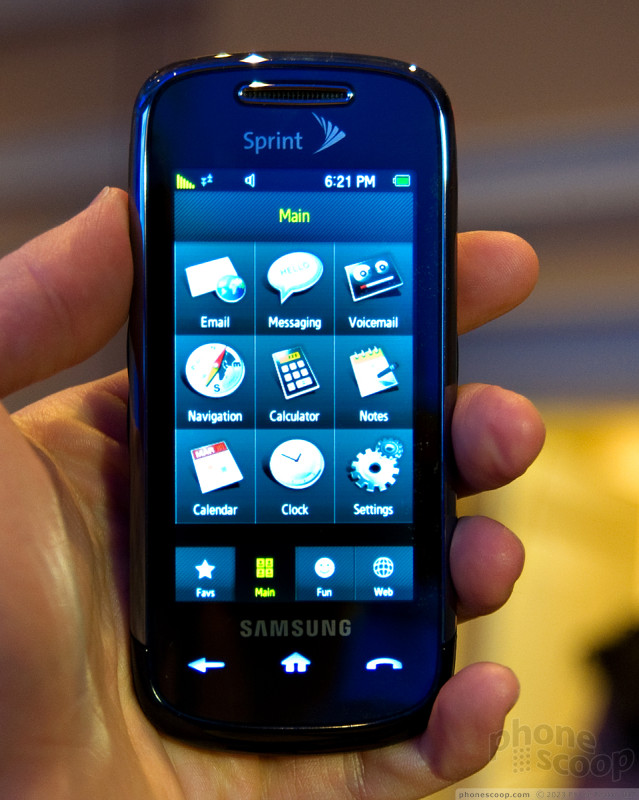
















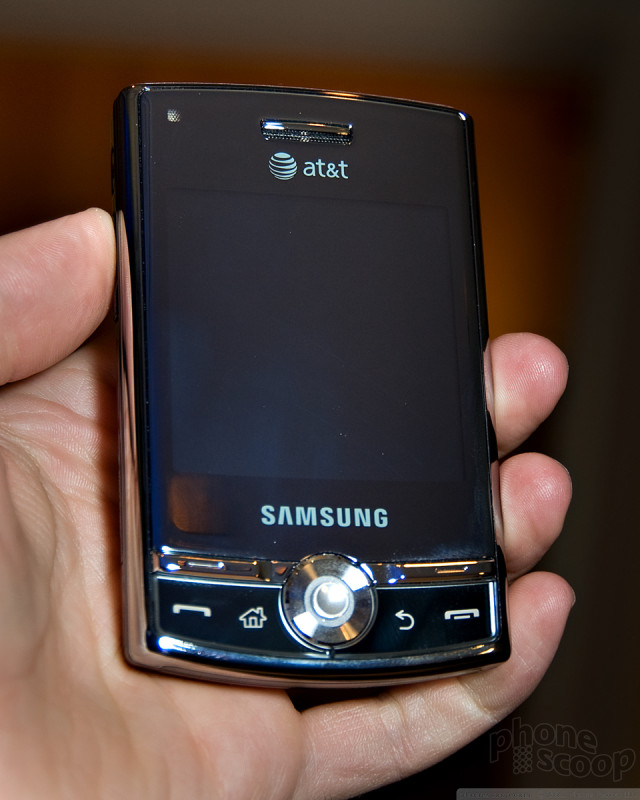







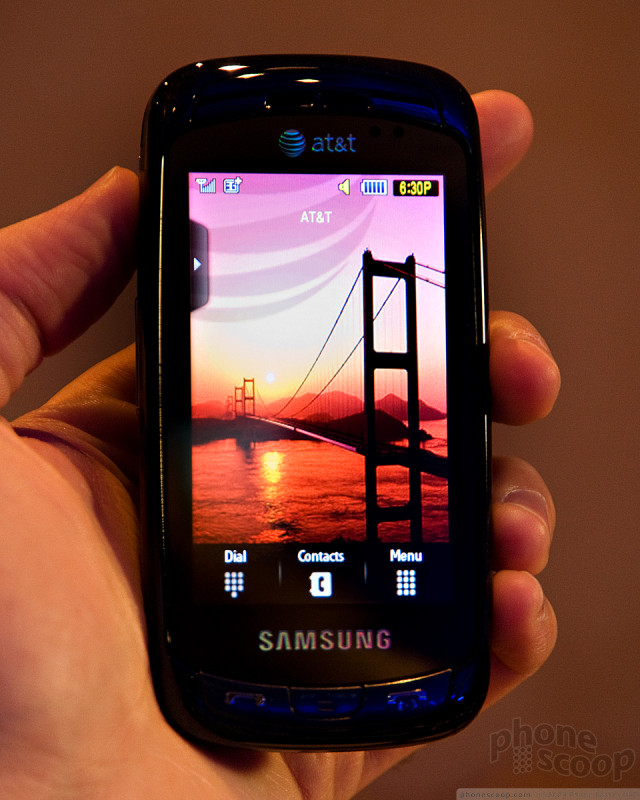











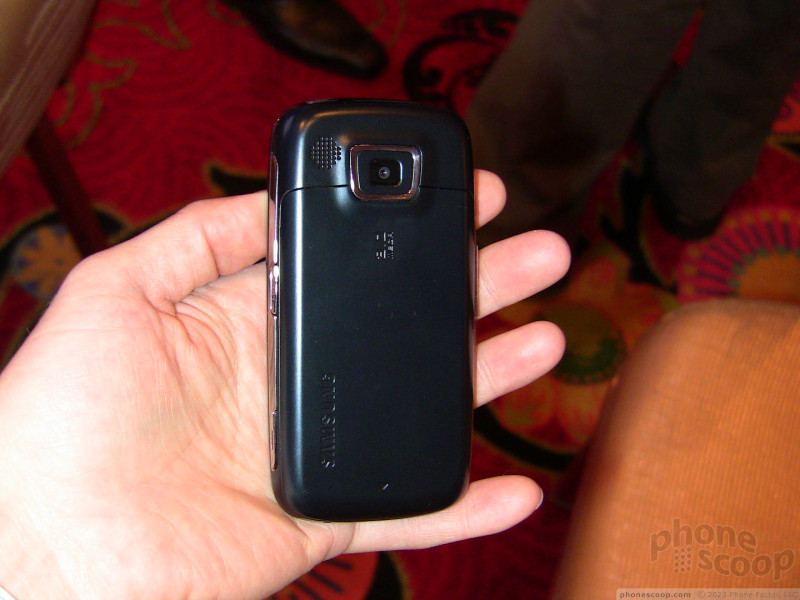














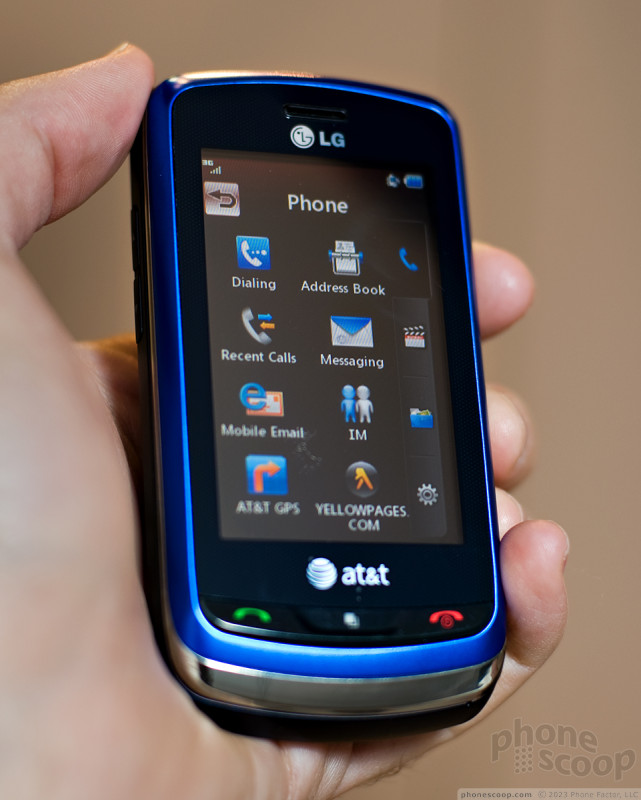







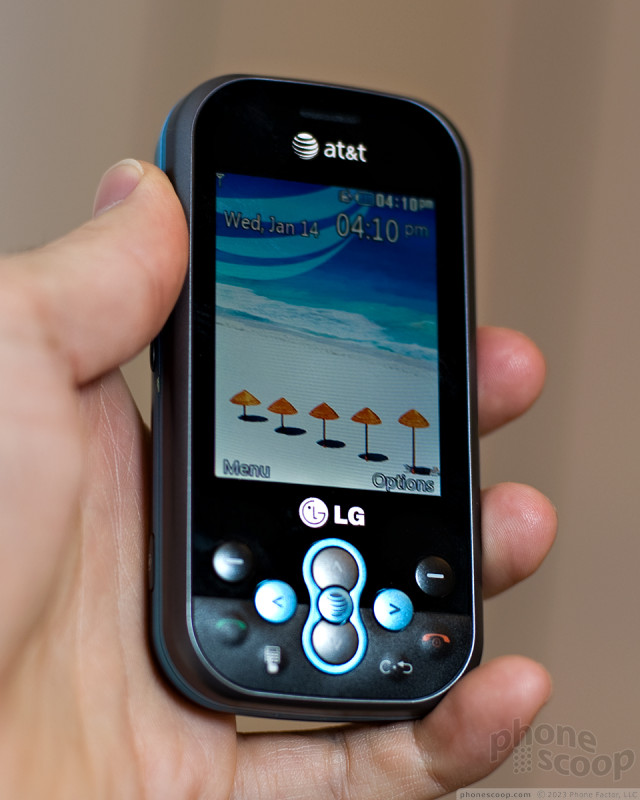








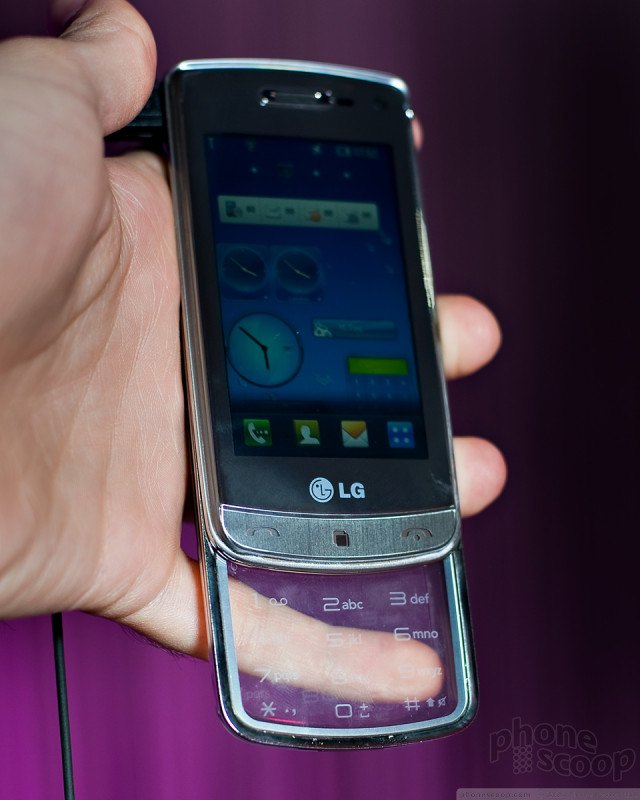







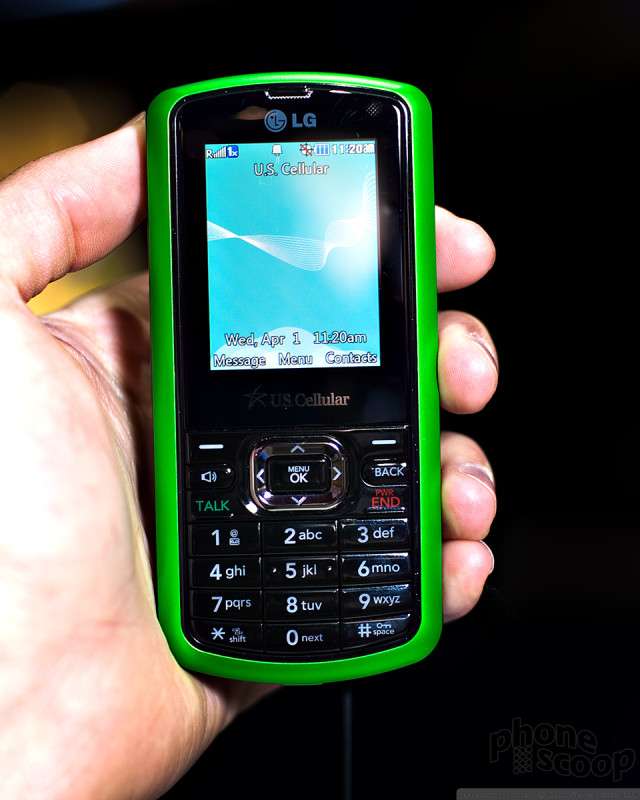







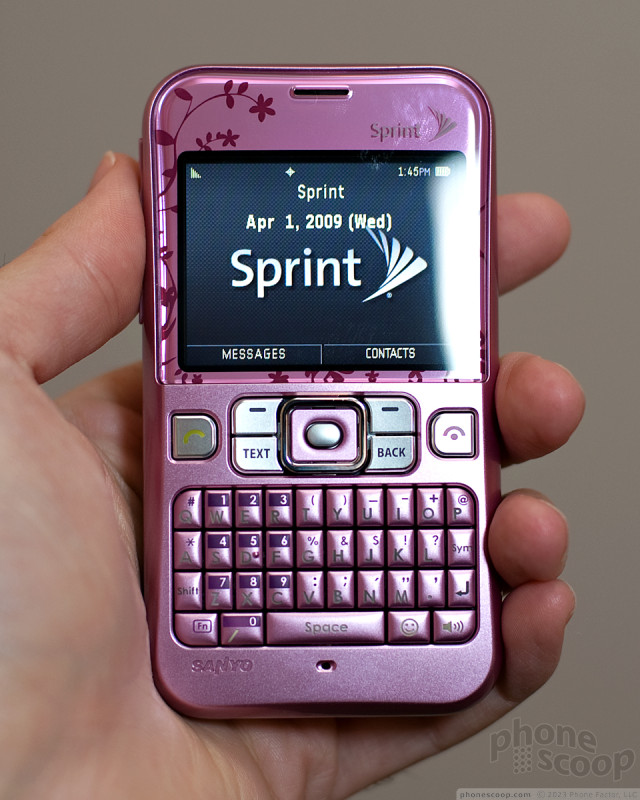






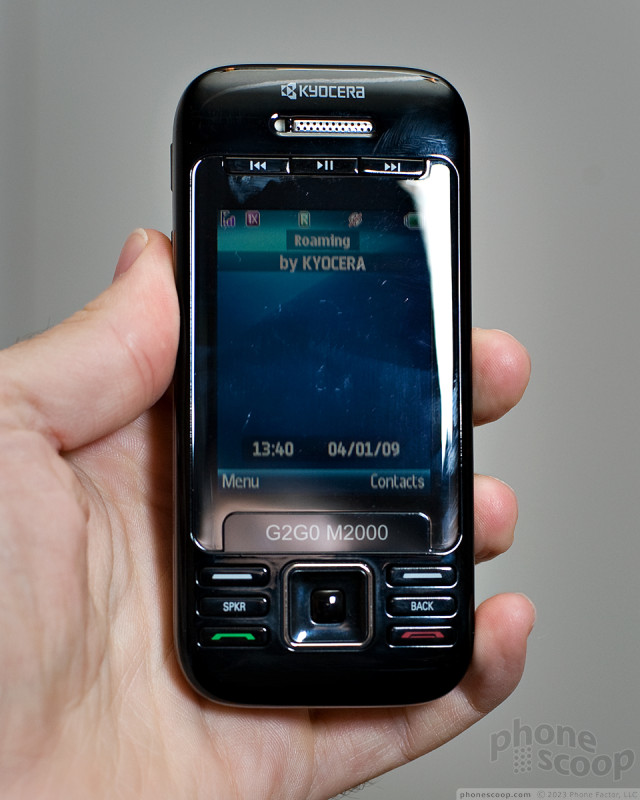







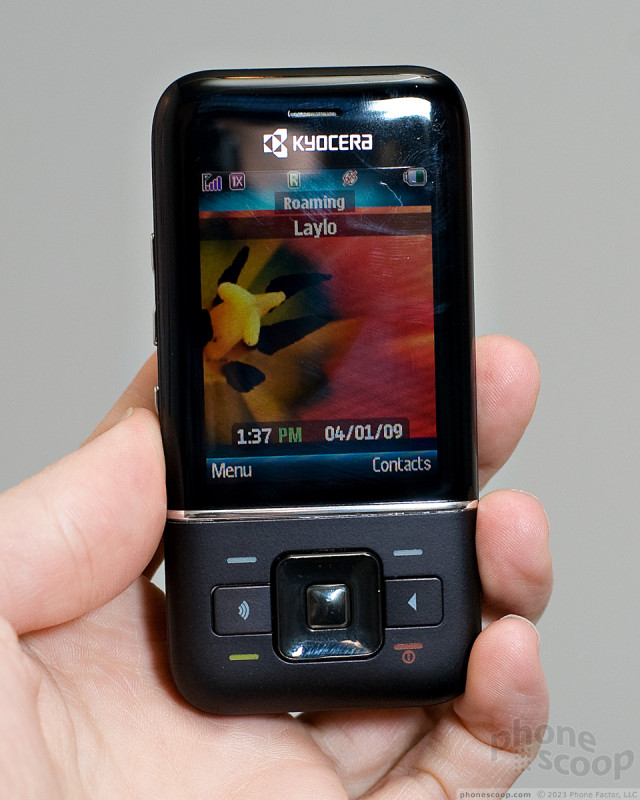









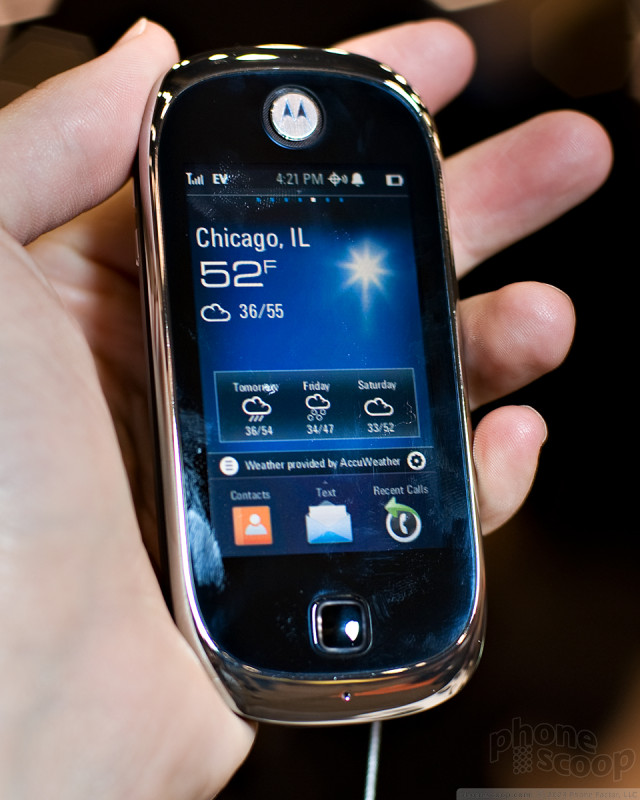


















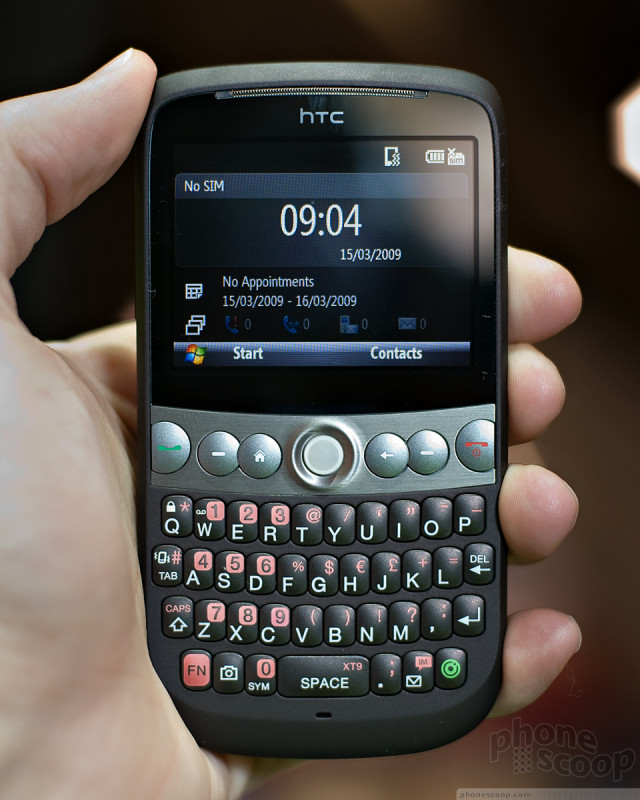






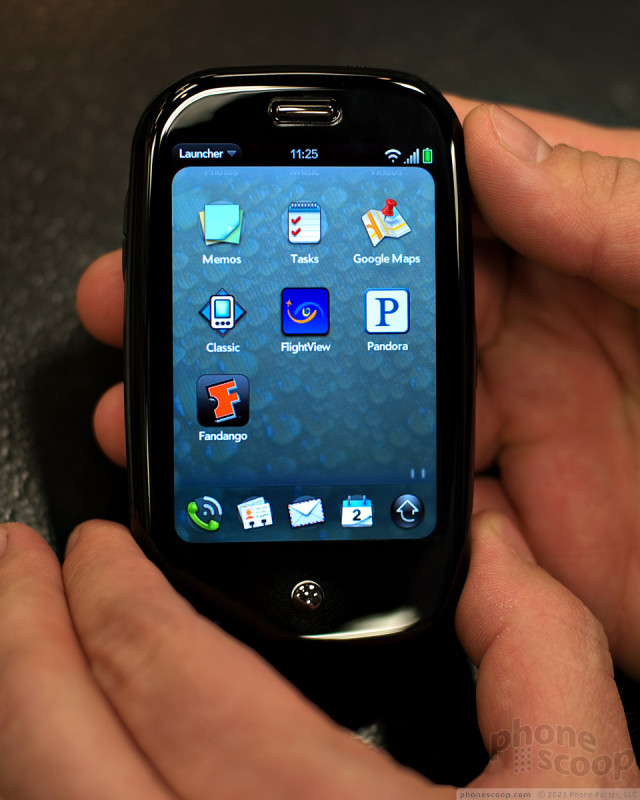










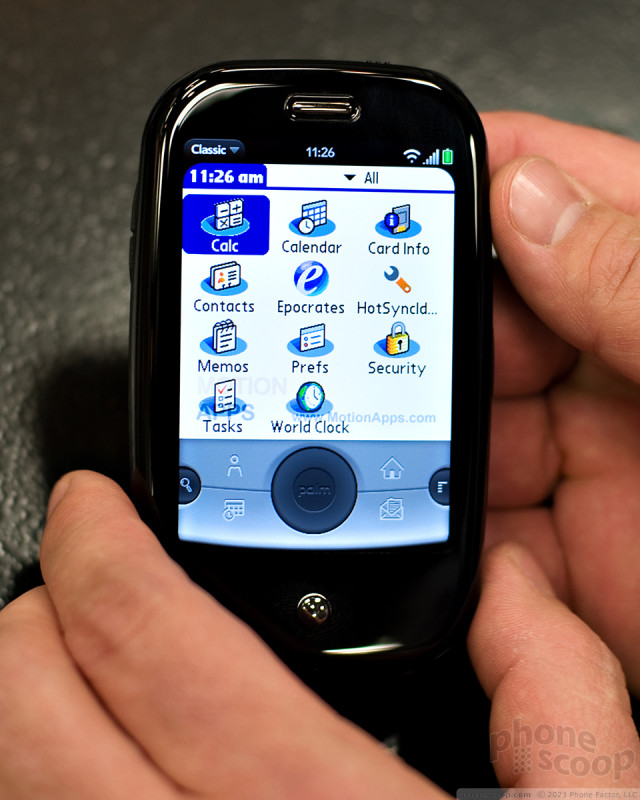






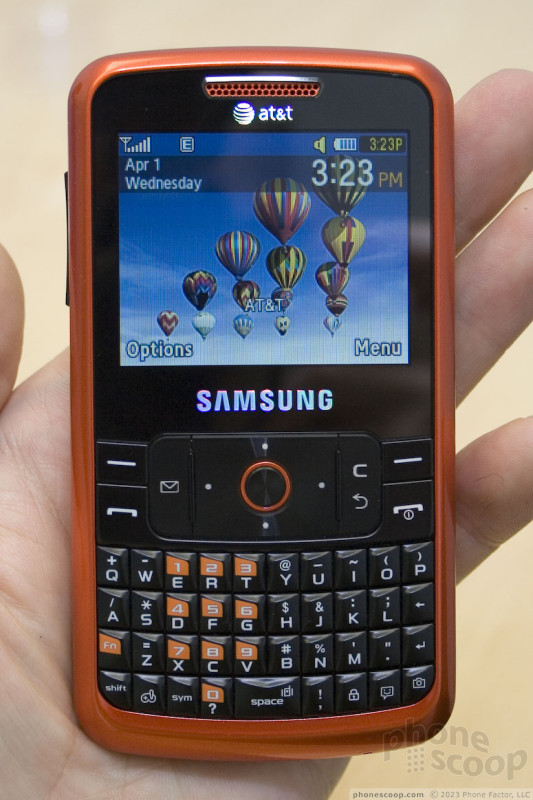








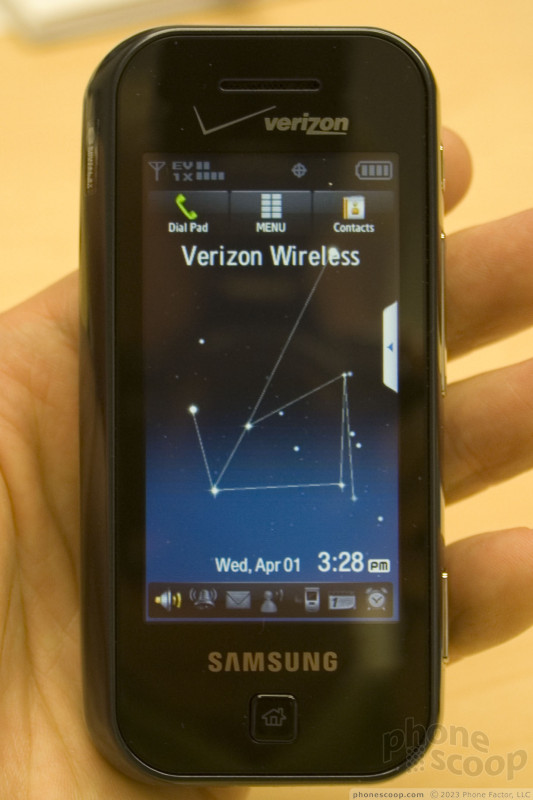




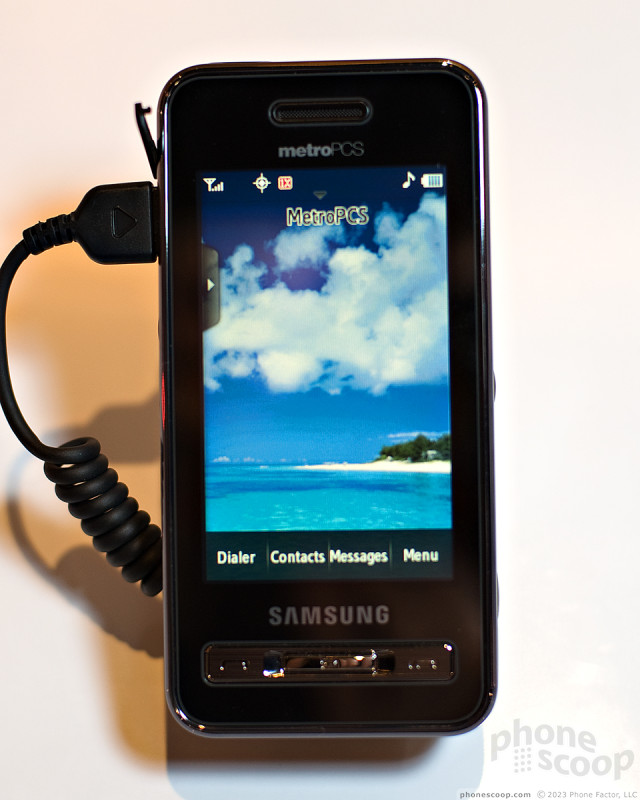







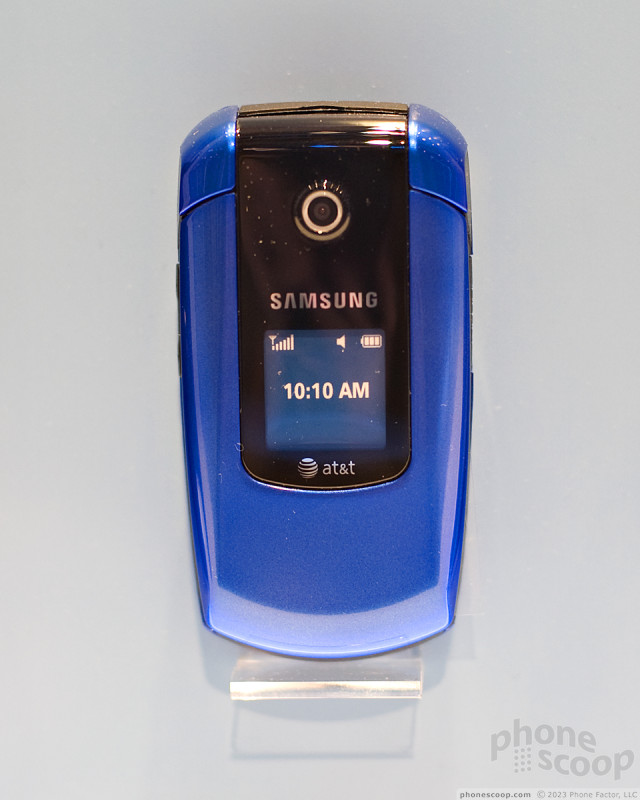



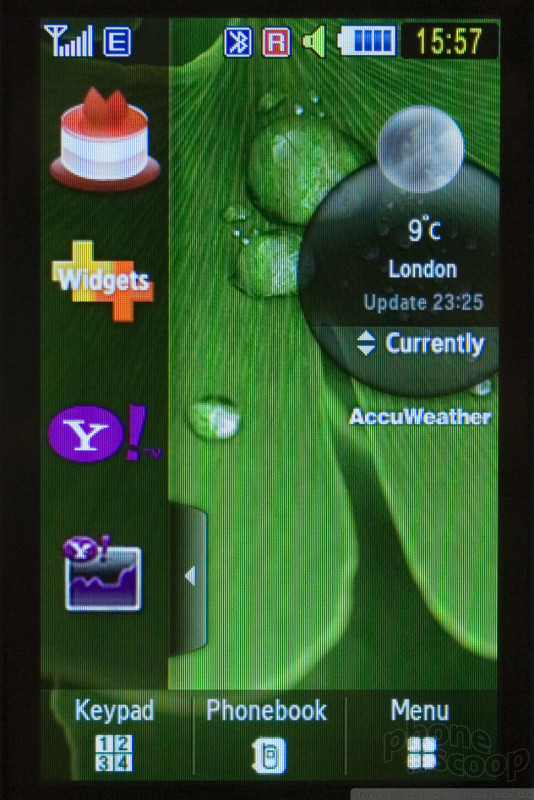












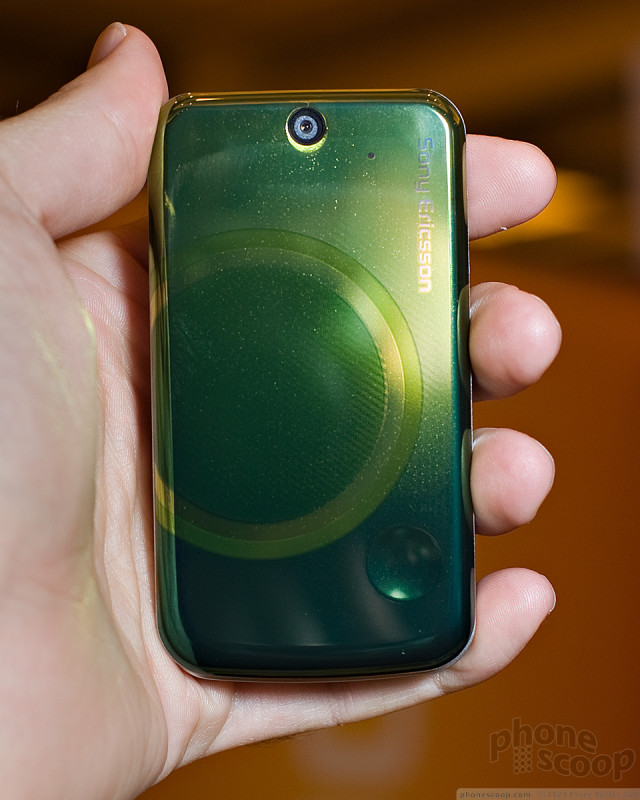






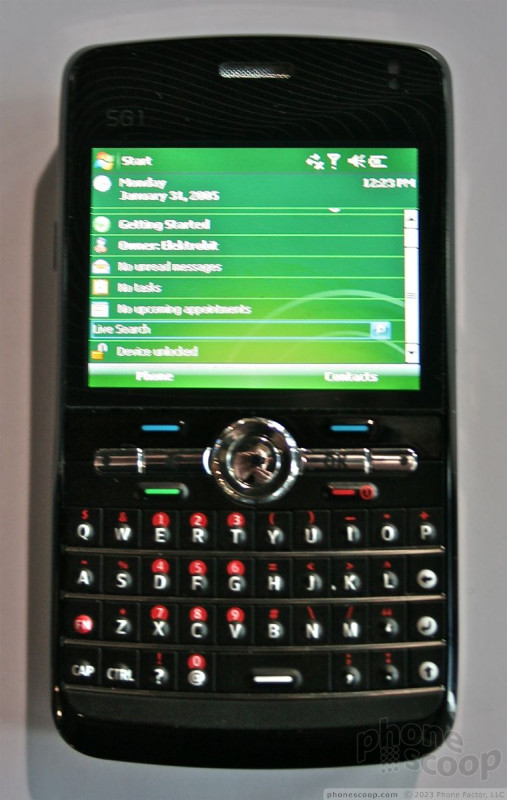













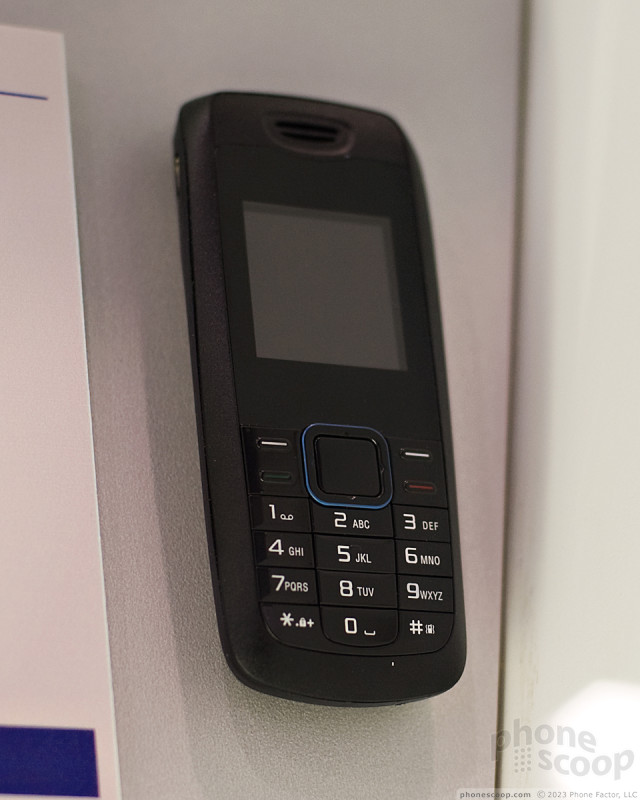






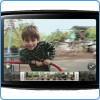 Video Tour: WebOS 1.4
Video Tour: WebOS 1.4
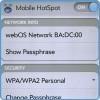 Video Demo: Palm Pre Plus Mobile Hotspot
Video Demo: Palm Pre Plus Mobile Hotspot
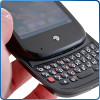 Review: Palm Pre
Review: Palm Pre
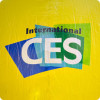 CES 2009
CES 2009
 Samsung Refreshes Galaxy S Series with S Pen, New Cameras
Samsung Refreshes Galaxy S Series with S Pen, New Cameras
 Samsung Finesse R810
Samsung Finesse R810
 Palm Pre (CDMA)
Palm Pre (CDMA)
 PCD TXTM8 / TXT8026
PCD TXTM8 / TXT8026

